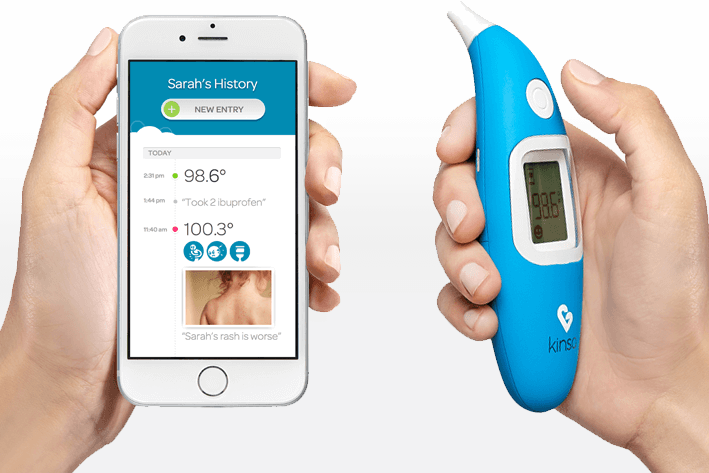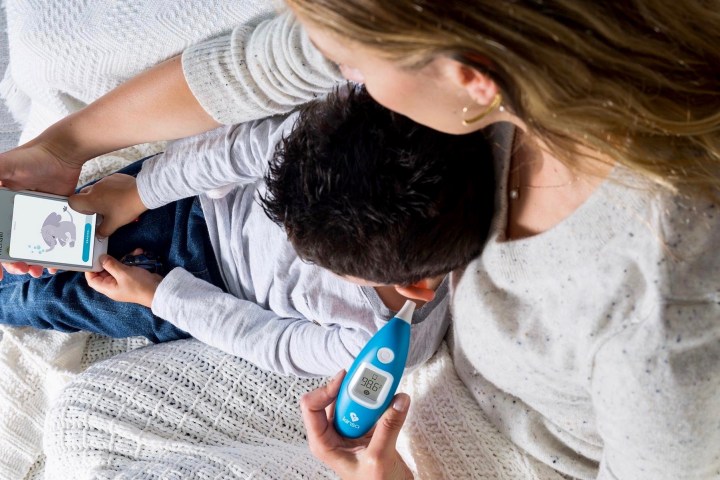Smart thermometers for detecting fever may not be the most popular products bearing the “smart” moniker, but that doesn’t mean they’re unworthy of a spot in your home. These affordable devices make it easy to monitor your temperature and track the progress of your fever – many even allow you to message data directly to your physician for a quick diagnosis. They might not be a perfect fit for all households, but here’s why many families would benefit from picking up a fancy new smart thermometer.
Forget about remembering

When you’re sick, daily tasks turn into monumental roadblocks. The last thing you need when under the weather is another job, and that’s where smart thermometers can help. A big selling point of smart thermometers is the ability to track your temperature using a personalized profile. Not only will it record all your readings, but after inputting a few personal parameters (such as height, weight, and gender), your smart thermometer will be able to tell if your temperatures fall within a healthy range or if you officially have a fever.
For adults, it’s a nice feature to have when feeling ill. But for families with children, it’s an even bigger selling point. Not only do most smart thermostats track temperatures, but they let you set up multiple profiles for each member of your family. Of course, you’ll need to take a few minutes out of your day to set up the profiles, but that’s a small price to pay for accurate recordkeeping (my MOBI Smart Bluetooth Thermometer took all of five minutes to set up and provides daily, weekly, and monthly stats).
Considering smart thermometers are only a bit more expensive than ordinary thermometers, they’re worth a closer look if you have tiny feet running around your living room. The Kinsa QuickCare Smart Digital Thermometer, for example, costs less than $30.
Easily contact your physician

Beyond taking quick readings and storing all your results, many smart thermometers let you export the data to send directly to your physician. This gives them immediate access to numbers that assist in making an accurate diagnosis. In some cases, you might not even need to leave your home. Of course, this will vary based on your specific provider, but if it works with your plan, then it’s a game-changer.
Peace of mind

At the end of the day, using a smart thermometer is about peace of mind. If you have trouble keeping track of your temperatures, find yourself getting sick more frequently than you’d like, or want an easy way to catalog your readings, the extra time and money required to set up a smart thermometer are more than worth the trouble. It might not change your life if you’re a healthy adult who only gets sick a few times a year — but everyone else will find a smart thermometer to be a welcome addition to their medicine cabinet.



